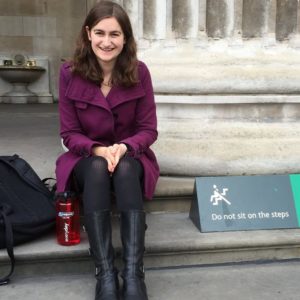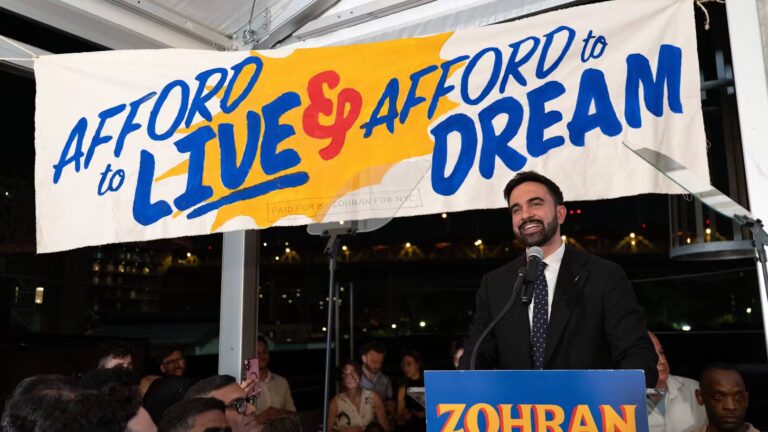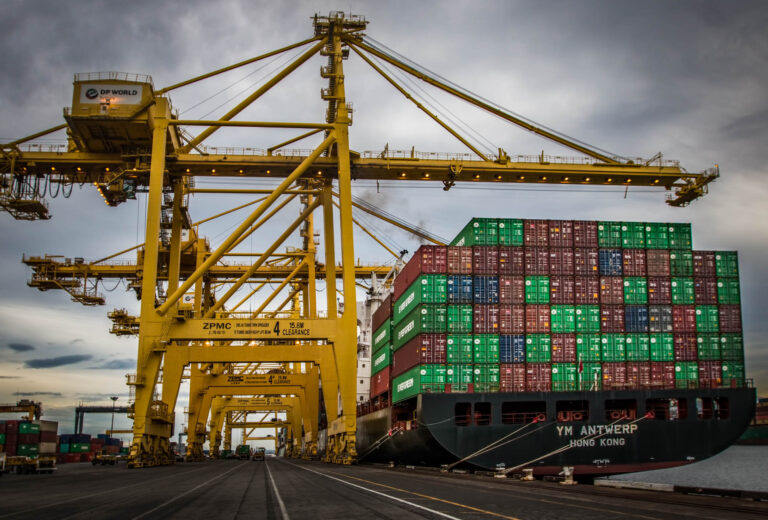
Rachel Sandalow-Ash is a student at Harvard Law School and a member of the Labor and Employment Lab.
Valerie Strauss writes in the Washington Post about how, following the successful United Teachers Los Angeles strike, teachers across the country are preparing to potentially go on strike in the upcoming weeks to secure increased salaries and improved school funding. Strauss highlights public school teachers in Oakland, Denver, Indiana, and Virginia; as well as charter school teachers in Chicago, among the educators who may go on strike.
An Indiana state Senator who runs a company that employs hundreds of minors is seeking to eliminate the state’s child labor protections. Among other protections, Indiana state law limits the number of hours that minors can work in any given week and requires employers to give minors a 30-minute break for every six hours they work. Both the Indiana School Boards Association and Indiana State AFL-CIO are working to preserve the state’s child labor laws.
The Ohio State Employment Relations Board (SERB) ruled in favor of striking faculty at Wright State University, allowing the strike to continue. Wright State faculty, who are represented by American Association of University Professors-WSU, began their strike on January 22nd. They are protesting the university’s unilateral decision to — among other things — decrease health care benefits and weaken certain workload protections. The union and the university are engaged in intensive talks and have indicated that they will likely reach a deal “sooner rather than later.”
Paul Sonn of the National Employment Law Project (NELP) and Naomi Walker of the Economic Policy Institute (EPI) write in the American Prospect about “How States Can Counter Trump’s War on Workers.” Sonn and Walker urge states to expand public employees’ collective bargaining rights. Similarly, they urge states to extend unionization and collective rights to private sector workers — such as agricultural and domestic workers — who are currently excluded from federal labor law. Furthermore, they write that states should increase enforcement of laws that protect employees’ rights at work; set high standards for government contractors; expand overtime pay; ensure that striking workers can access unemployment insurance; protect immigrant workers; and invest in good jobs for workers of color. The full NELP/EPI report, “A State Agenda for America’s Workers,” is available here.






Daily News & Commentary
Start your day with our roundup of the latest labor developments. See all
December 12
OH vetoes bill weakening child labor protections; UT repeals public-sector bargaining ban; SCOTUS takes up case on post-arbitration award jurisdiction
December 11
House forces a vote on the “Protect America’s Workforce Act;” arguments on Trump’s executive order nullifying collective bargaining rights; and Penn State file a petition to form a union.
December 8
Private payrolls fall; NYC Council overrides mayoral veto on pay data; workers sue Starbucks.
December 7
Philadelphia transit workers indicate that a strike is imminent; a federal judge temporarily blocks State Department layoffs; and Virginia lawmakers consider legislation to repeal the state’s “right to work” law.
December 5
Netflix set to acquire Warner Bros., Gen Z men are the most pro-union generation in history, and lawmakers introduce the “No Robot Bosses Act.”
December 4
Unionized journalists win arbitration concerning AI, Starbucks challenges two NLRB rulings in the Fifth Circuit, and Philadelphia transit workers resume contract negotiations.